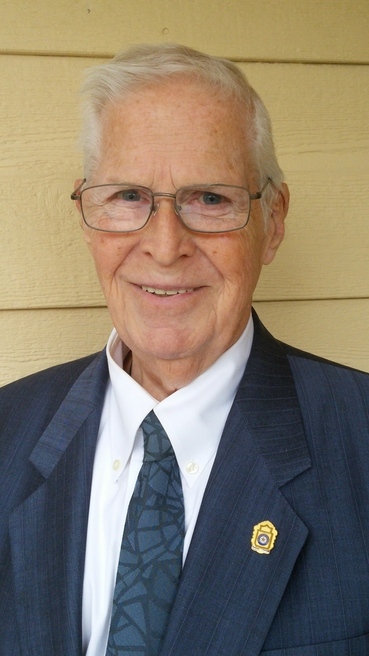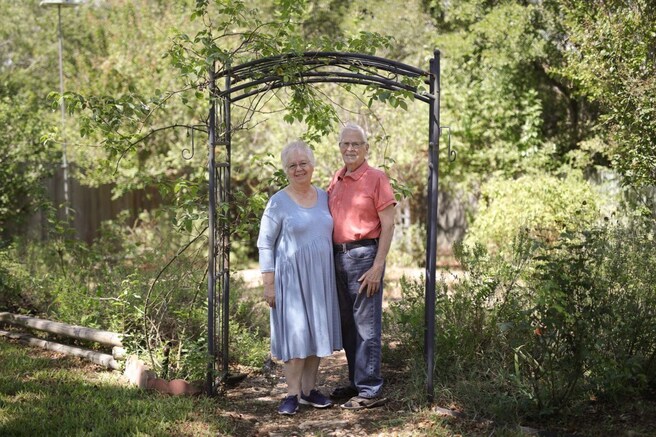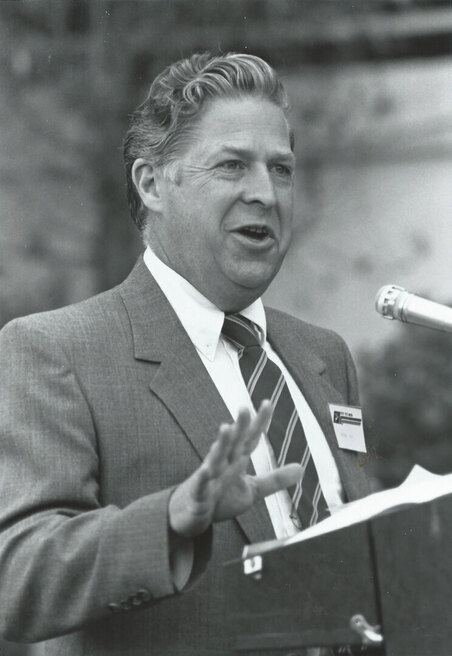Obituary for Richard Allen (Nick) Lee, Humanist and Humanitarian
September 1, 2021
by Shannon Lee
Richard Allen “Nick” Lee, age 84, died on May 27, 2021 from myelodysplastic syndrome, a form of blood cancer. He is survived by his wife, Vibeke Mendonca Lee, his first wife, Charleen Lee, his two children, Shannon and Derek Lee, his sister, Katherine Palmer, his niece and nephew, Erin and D’Arcy Palmer, his step-daughters, Christine Smith-Atkins and Laurie Malchow, and his granddaughters, Zoe and Danielle Smith.
Nick was born in Portland, Oregon on May 25, 1937 to parents Lila and Elmer Lee. He graduated from Marshfield High in Coos Bay in 1955 and enrolled in the University of Oregon, where he graduated with a degree in Music Education in 1961 after a two-year hiatus to serve in the Navy. He would later earn a Master’s Degree in Public Administration from the University of Southern California, Sacramento in 1994, at the age of 59.
Nick began his professional life as a Management Trainee, first for the Insurance Company of North America (INA), in 1962, and then with General Electric Credit Corporation in 1963, where he moved up the ranks to Branch Manager in Reno, NV. In 1968, Nick took the opportunity to work for the Federal Government, where he spent the bulk of his professional life as a civilian employee of the Department of Defense in Personnel Management. His duty stations included the Presidio in San Francisco, Honolulu, Japan, Washington D.C., Germany, and Sacramento California. Nick spent the final 15 years of his federal employment conducting investigations of complaints of employment discrimination filed by Federal employees. He continued this work after his retirement, first as an independent consultant, then finally for JDG Associates in Boerne, TX.
Nick married his first wife, Charleen, on October 2, 1965 in Carmel, CA. His daughter, Shannon, was born in 1966 in Reno, and his son, Derek, in 1970 in San Rafael, CA. Nick valued family time, and was always planning a variety of adventures – including several cross-country car trips, viewing the 1976 Bicentennial fireworks next to the Tidal Basin in Washington D.C., and attending many concerts and international folk festivals. After his divorce in 2000, Nick moved to San Antonio to begin the next chapter of his life. There, he met Vibeke Mendonca, and they married on December 23, 2006 in Negril, Jamaica.
It was in San Antonio that Nick was able to act upon his life-long goal of making a difference in his community. As the President of the Wildwood Residents Association, he spearheaded the revitalization of his neighborhood, as he developed a solid volunteer base and organized neighborhood events and monthly newsletters. Under his leadership, the neighborhood won a National Night Out award, and Nick remained active and served as a mentor for his successors. Nick was appointed by then-mayor Phil Hardberger to serve on the 2010 Complete Count Census Commission, and also served on the San Antonio Civil Service Commission for more than a decade.
Nick was a passionate advocate for human rights, and he drove to Austin numerous times to testify before the State Legislature to promote healthcare and education issues, as well as campaign finance reform as a leader of Clean Elections Texas.. Nick was also instrumental in expanding awareness and activity within the Secular community. He assumed leadership of FACT, the Freethinkers Association of Central Texas, shortly after moving to San Antonio and served on the board of the San Antonio Chapter of Americans United for Separation of Church and State.
Nick was elected president of Atheist Alliance International and later presided over the division of this organization into two separate entities, creating Atheist Alliance America. He was also a central force in the establishment of the annual Texas Freethought Convention. In all of his work for a more secular society, he was always respectful of the First Amendment intent regarding religious freedom, and he maintained close relationships with mainstream clergy. In September 2018, with support from the religious community, he offered the first ever secular invocation at the opening meeting of the San Antonio City Council.
Nick requested that any celebration of life gatherings be accompanied by a good wine selection and the playing of his beloved Trout Quintet by Schubert. Donations in his memory may be made to Americans United, the Texas Freedom Network, and Doctors Without Borders.





